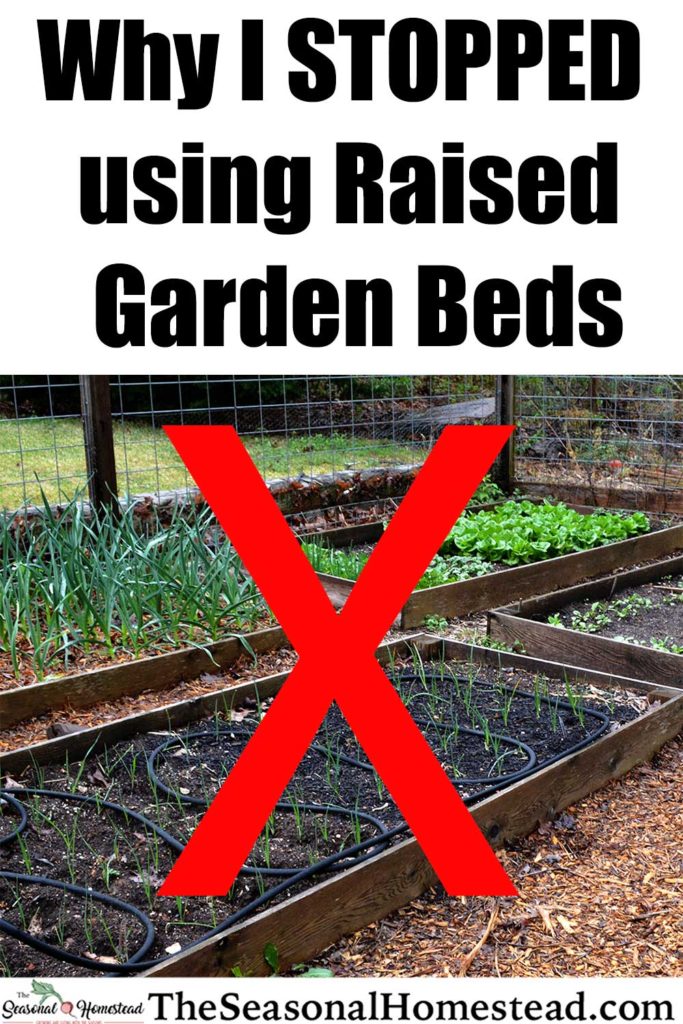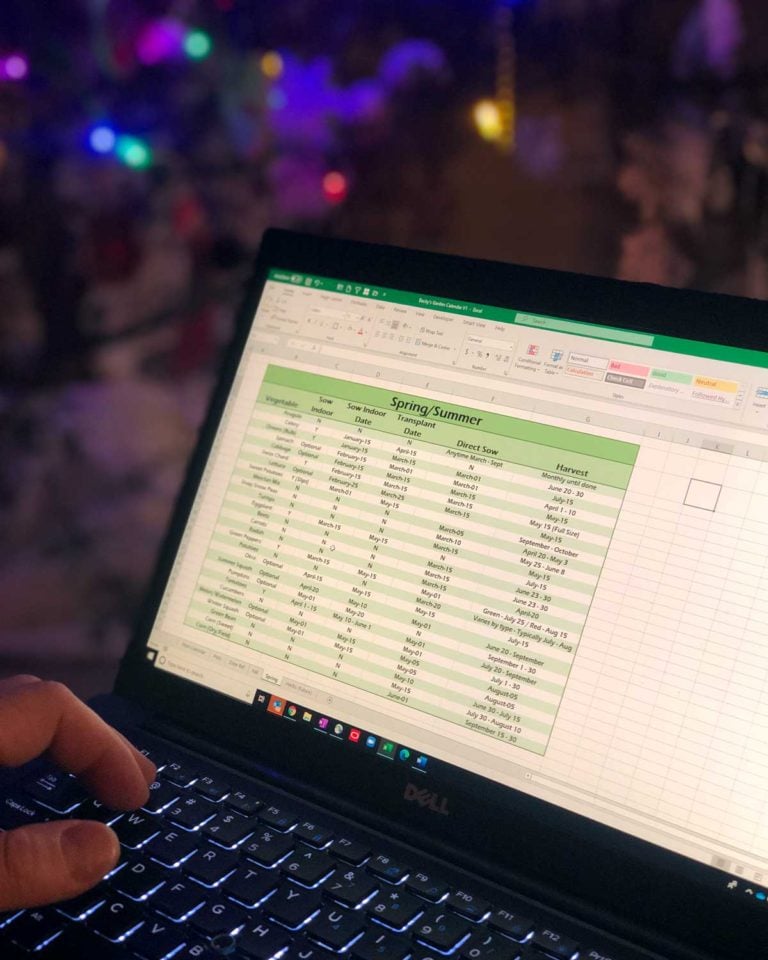Why I Stopped Using Raised Garden Beds
I’ve had a lot of gardens over the years. My early gardens consisted of mainly raised garden beds. When I say raised garden beds I’m talking specifically about when the soil sits above the surrounding soil and is enclosed by a solid material like wood, metal, rubber, stone, brick, or plastic.
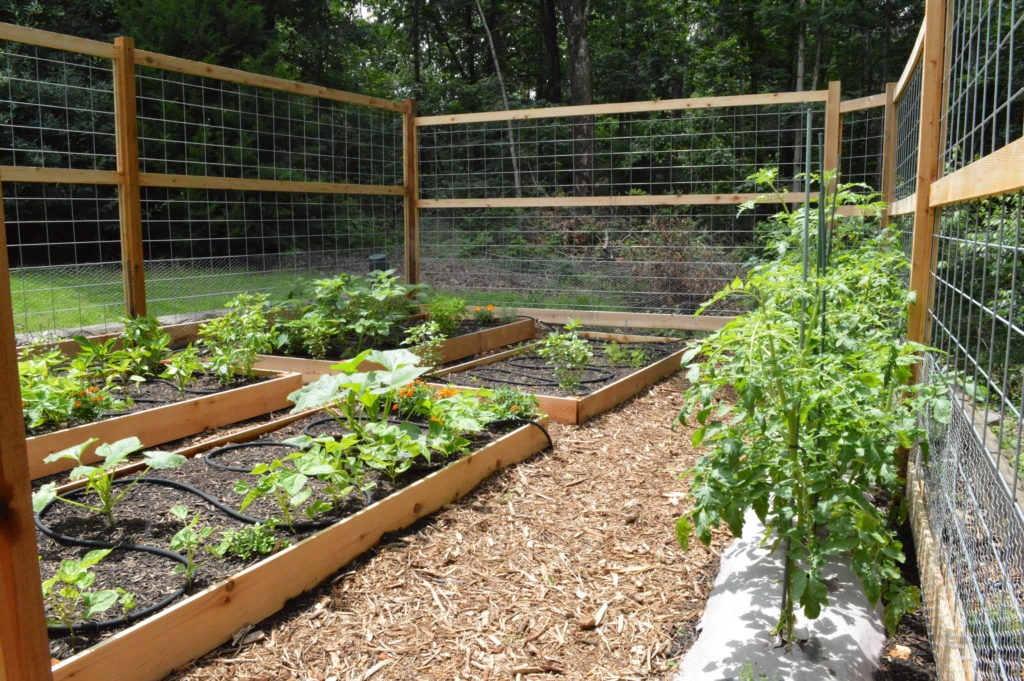
Raised garden beds have gained a lot of popularity over the last few decades. They look neat and tidy, allow for very loose soil, and are great for areas with poor drainage.
This post contains affiliate links. Here is the full disclosure.
Even though there are some benefits of using raised garden beds, over the years I used them all the negative aspects of them started to outweigh the positives. By year ten I was ready to get rid of them! But thankfully we moved and I didn’t need to revamp my whole garden.
By the way, if you have raised beds and love them, that is ok! I think they do fit in certain situations even though they didn’t work out for me.
I simply want to share my experience over time and my WHY’S for not using them anymore. I share this all in the hope it may help someone just starting out, or starting over, expanding the garden, or even looking for some new ideas.
Here are the reasons I stopped using raised garden beds:
#1 Cost
If you use raised beds, it takes some upfront investment. It may not be a big deal for a small 4x4ft garden but if your garden is large, the costs are staggering! If I am remembering right, Cam and I spent almost $1000 on cedar lumber for our large garden, it was 3000 square feet at the time.
I chose cedar for its versatility in being able to cut to the size I wanted plus the longevity. I had used untreated wood 3 years prior to save money and it rotted out completely so I opted for a material that was more expensive but would last longer.
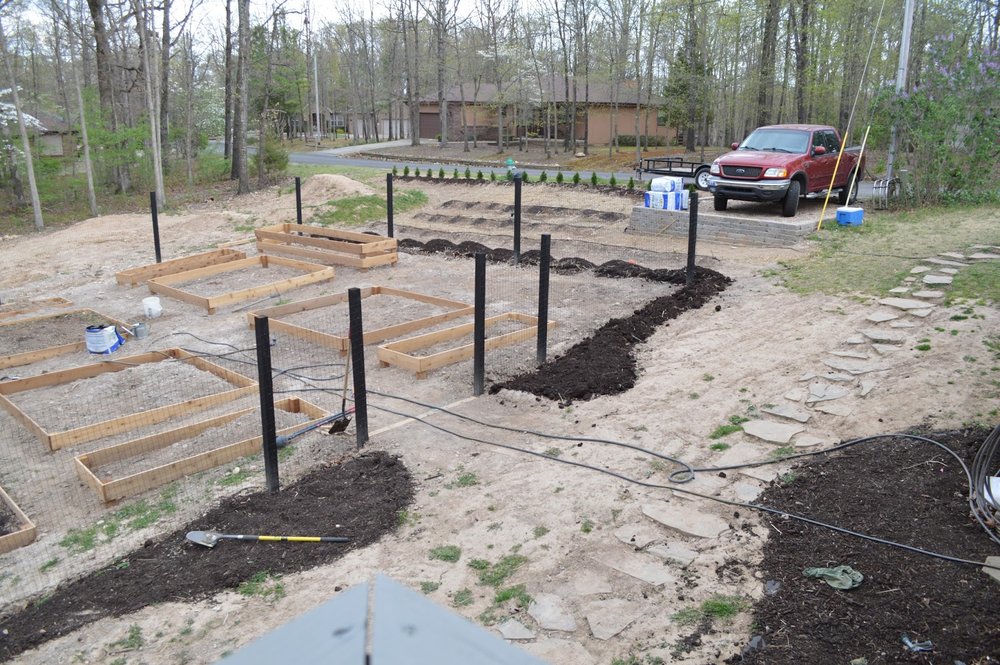
Not only do you need to invest in whatever structure you use to keep it raised, you’ll need to purchase soil and amendments to fill it. How much you need depends on how high you are raising the soil to be.
While there are options to make and fill them cheaper like using recycled materials, with my large scale garden it would have taken so much time to procure those things it didn’t make sense for me personally.
#2 Constantly adding soil, compost, and other things to keep it filled.
Using things like shredded leaves, straw, logs, sticks, etc. help to fill a raised bed on a budget. They are great for adding organic matter too. However, over time those organic materials break down and after a couple seasons you’ll be wondering where all your soil went!
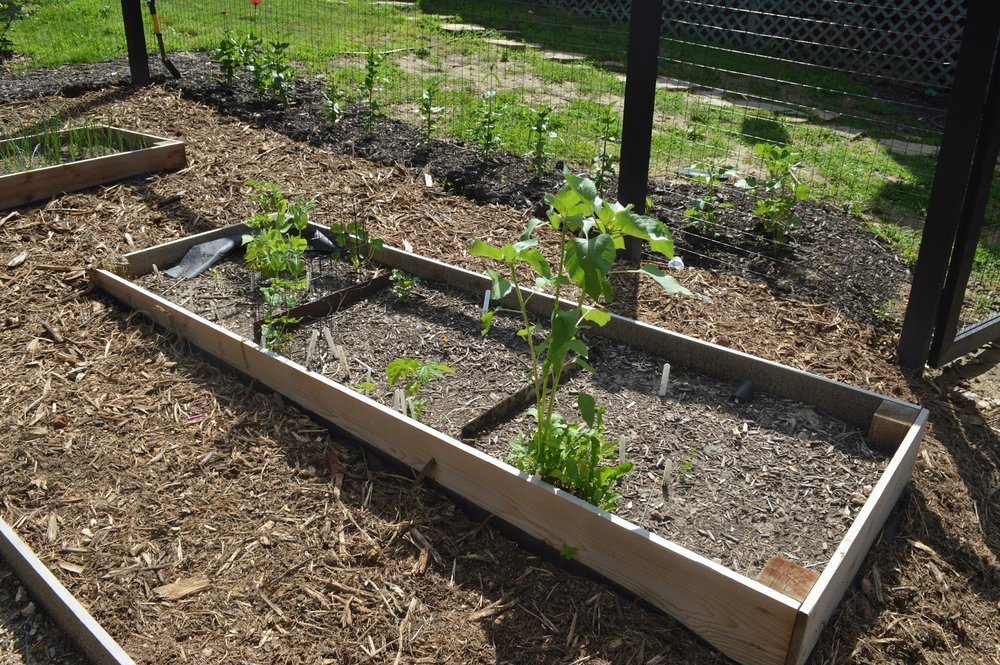
I felt like I was constantly topping off my garden beds with different materials. Between the soil breaking down and me occasionally pulling out roots from spent plants, I had to add several inches of soil and compost every year. Do this across 16 raised garden beds and it really takes a lot of material.
#3 Being Stuck with your Design for what feels like FOREVER
I learned so much every year I gardened. One thing that took me several years to figure out was how I wanted my garden design to be. But before I really worked out the kinks I had already put up all my raised garden beds.
After spending lots of money initially putting them up, I eventually decided my design was flawed on so many levels. And believe it or not this was my THIRD garden! You would think I would have learned by that time, but no, sadly.
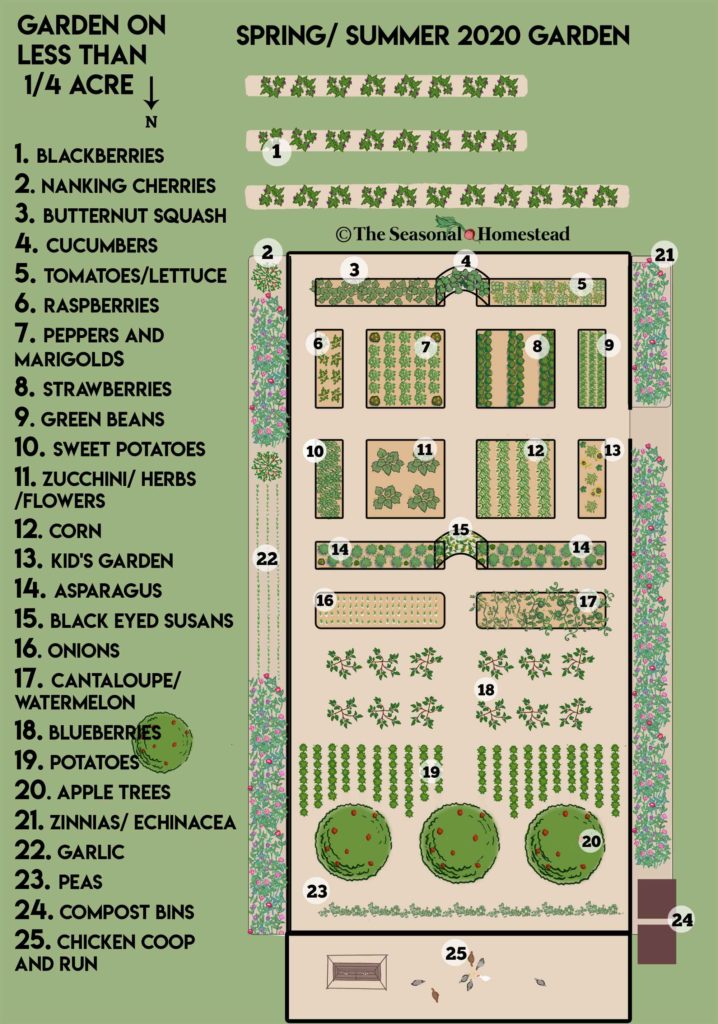
After I put up my garden beds was when I started my goal of growing a year’s supply of food.
All the sudden my garden went from a hobby to more of a serious undertaking and I wanted to utilize every inch! But alas, my garden beds were all already set into place. Obviously, it’s not really forever that I was stuck with the design but the work and money it would have taken to move them was so much.
#4 Not being able to Fully Utilize Time Saving Tools
Using garden tools in raised beds sometimes works but sometimes just doesn’t. When I think about all the tools I utilize now to save time, not many of them would work in a raised bed situation without being awkward or having undesirable results.
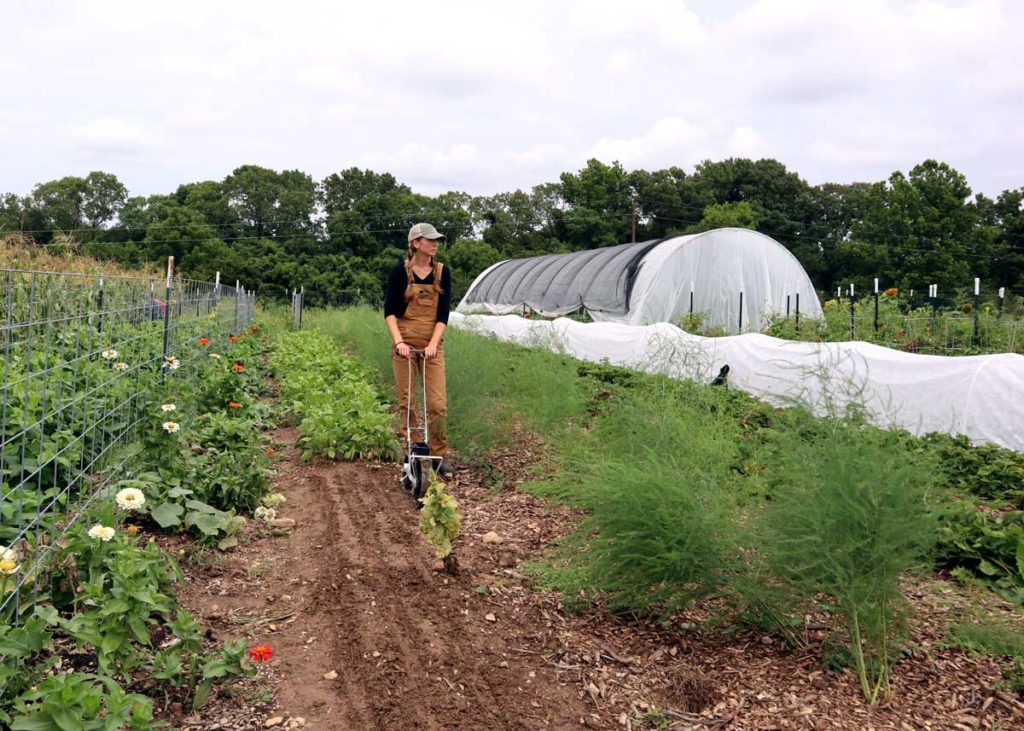
With my large scale garden I rely heavily on using an Earthway and Jang seeder to save time. I just don’t see it working so well in a raised bed because it would hit edges and not be able to utilize the full space.
My wheel hoe, in addition to the tool I use to space out plants, and even the broad fork would all be functional but cumbersome in a raised bed.
#5 Irrigation was complicated
If you plan on using soaker hoses or drip irrigation then it can be a complicated ordeal to set up irrigation that works.
The thing I learned is that water doesn’t flow evenly when it’s fighting against gravity. I didn’t have the best set up for watering because I couldn’t figure it out! I have a friend who is smart and did set it up well for raised beds (you can read about that HERE). And it can totally be done!
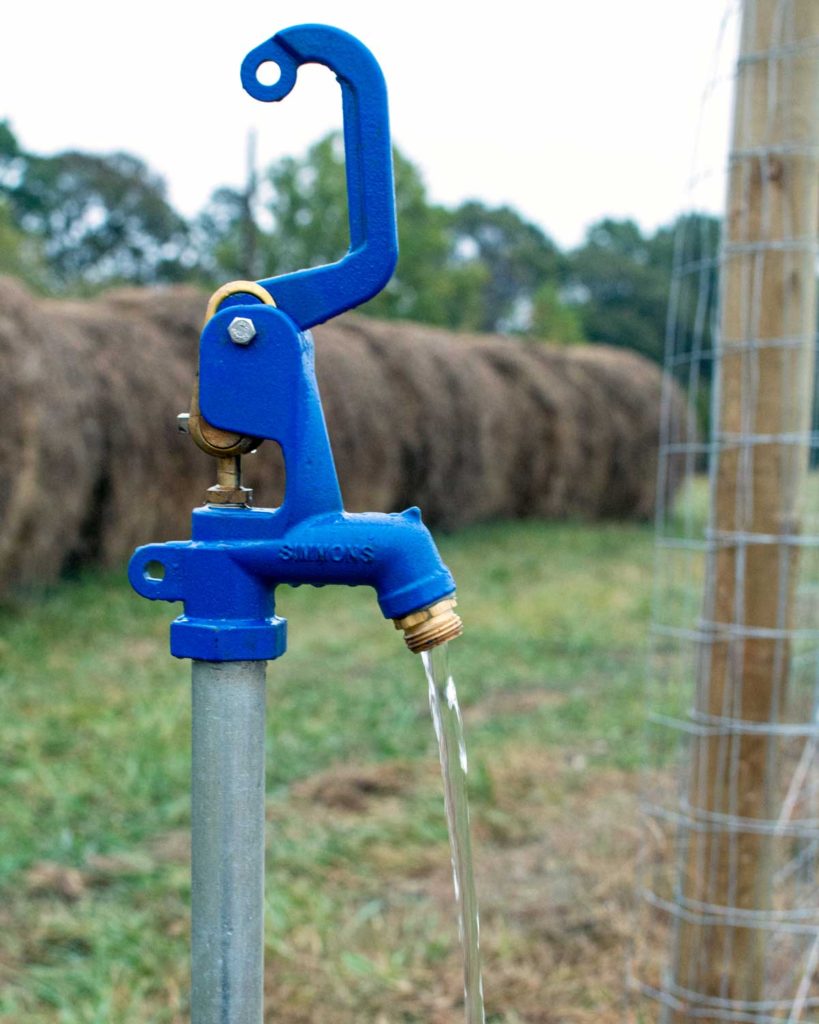
In my set up, I had water hoses going down one bed, strung across the walking area, then up another, and so on. The result was the water pooled right where I didn’t want it to go in between the raised beds because those were the lower areas. Totally a user error but it was frustrating.
#6 Creeping weeds are hard to eliminate
Any weeds that you didn’t eradicate completely prior to building your raised beds are hard to get rid of. This was the case with our very first raised beds and putting them on a lawn that had a large amount of bermuda grass in it.
We cut out the sod and added plenty of cardboard, then filled the raised beds with soil.
The bermuda grass was relentless. It slowly crept under the wood into the soft soil of my raised beds then popped out the top. The wood structure in the way made it really difficult to get out fully.
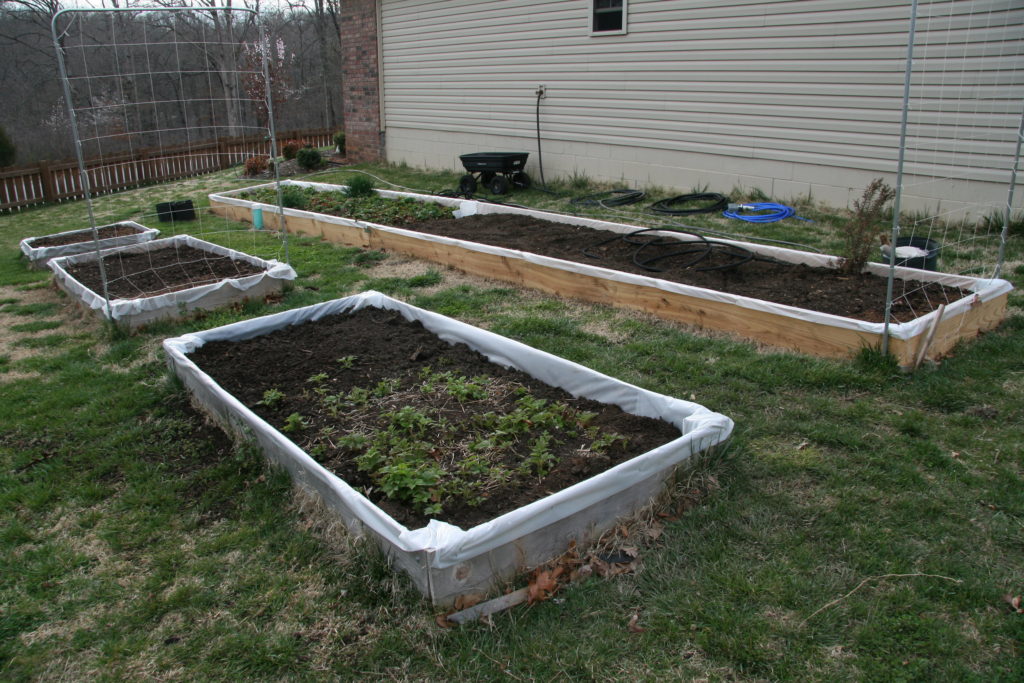
Eventually, I removed the majority of the soil, lined every raised bed with plastic along the sides and bottom to try to keep it from creeping. But it was a fruitless cause. The plastic shredded along the top from the UV rays and along the base it was no match for the bermuda grass. It came through anyway.
It would have been much easier to get rid of the grass if I had no barriers on each garden bed.
For all the reasons mentioned above and most of them stemming back to having a very large garden, I stopped using raised garden beds.
What I use now:
What I use now would be termed “mounded rows or mounded beds”. The soil is raised above the surface around it but not to the extreme (at most 3 or 4 inches) and it doesn’t have a surrounding solid material.
It mimics one of the positive things about raised beds and that is it allows for good drainage but I avoid all the negative things I didn’t like when I ditched the wood barriers surrounding the garden beds.
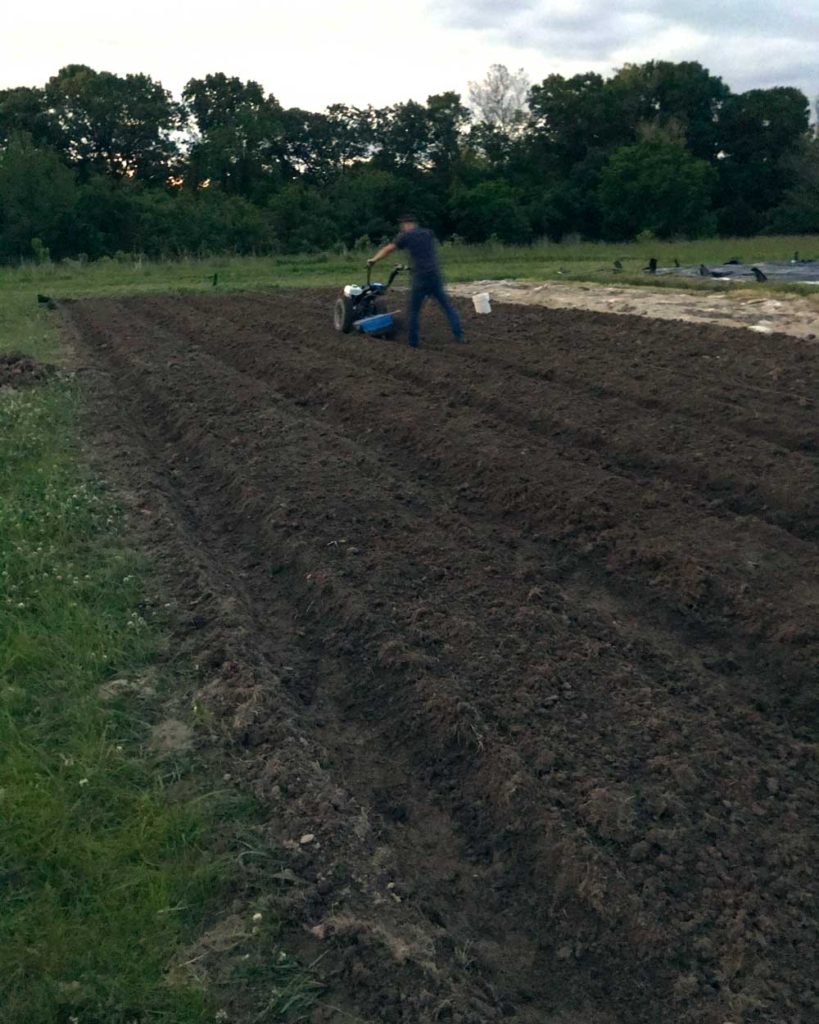
My garden bed size is 30 inches wide and pathway size is 24 inches wide. Initially we did 18 inch pathways but Cam said his feet were too big to walk through it (haha!!) so I made the new area of the garden have larger pathways. I didn’t want any excuse for him to not be able to help in the garden 🙂
I like the 30 inch size garden beds for several reasons. There are tools made specifically for this size garden bed which saves time because you only need to do one pass down a garden bed. It is also more ergonomically friendly, you can reach across it easily and jump over beds easily.
I added some peat moss, compost, and sand initially when I formed the garden beds but in the new areas I left out the sand and peat moss and didn’t notice a huge difference. We do add plenty of compost and use cover crops so there is some investment into the soil but it’s not nearly as expensive as it would have been had I done raised garden beds.
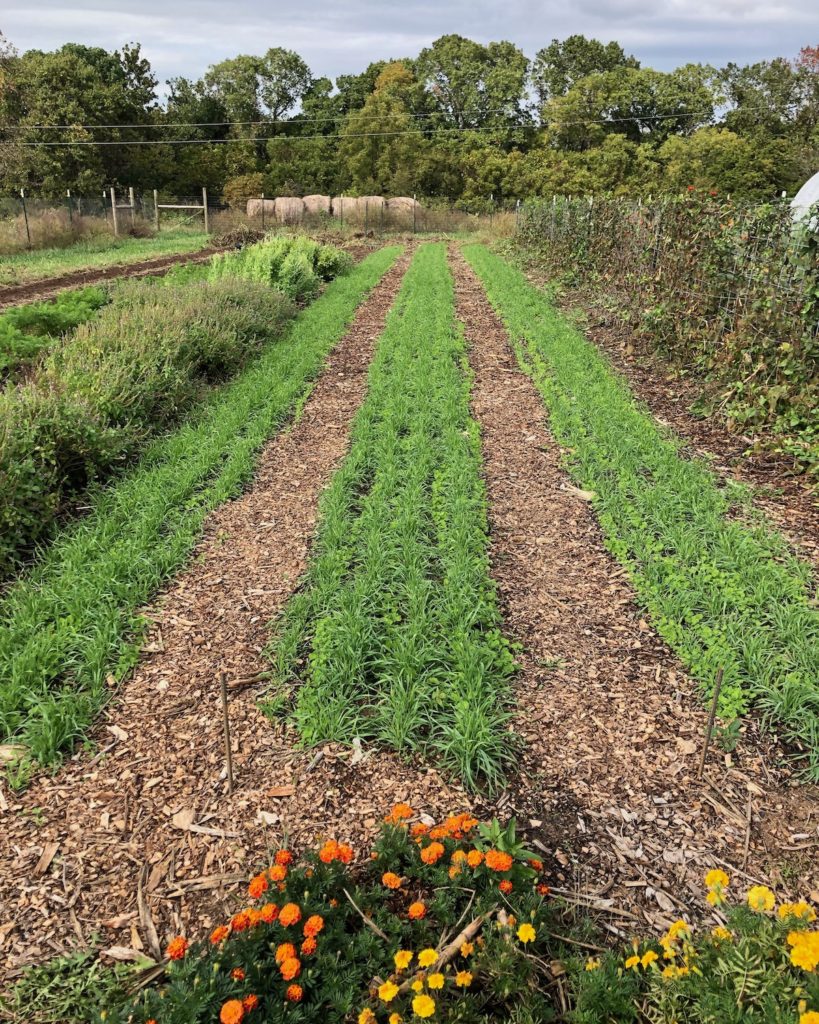
And just for reference, my current garden size is about 14,000 square feet.
Conclusion
Raised garden beds have a lot of hype around them. I hope my reasons why we stopped using them gives you some perspective to help you make the choice that is best for you and your own garden.
